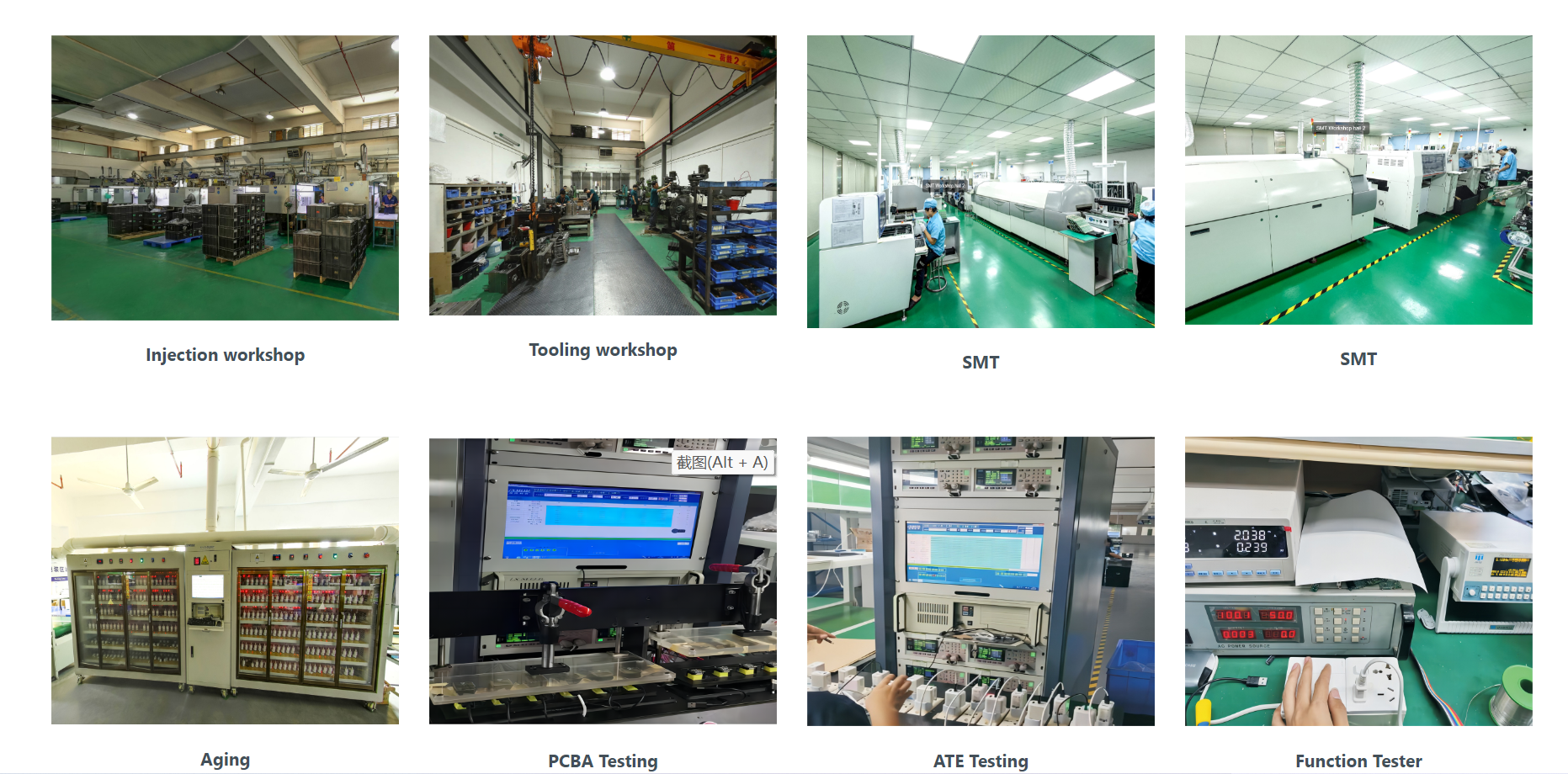Beautiful Plants For Your Interior
The Production Process of Chargers

Chargers are one of the most important accessories for modern electronics. They are used to provide a stable power supply for a wide range of devices, such as mobile phones, laptops, and other electronic products. The production process for chargers is quite complex and involves several stages. This article will discuss the production process of chargers and its advantages.
The production process of chargers typically begins with the design phase. During this phase, the engineers and designers create the initial concept for the charger and its components. They consider the size and shape of the charger, the type of power output, and the safety features that need to be included.
The next step in the production process is the tooling phase. This involves the creation of the necessary tools and molds to shape the charger’s components. The tools and molds are usually made from metal or plastic, depending on the design.
Then, the components are assembled using automated machines and robots. This ensures that the components are assembled correctly and that the charger is of a high quality.
Following the assembly step is the testing phase. This involves testing the charger’s performance and safety. The tests run to check the charger’s durability, performance, and safety. Only if the charger passes all tests can it be approved for production.
Finally, the charger is packaged and shipped. This includes the packaging and labeling of the charger, as well as additional safety measures, such as shock-resistant packaging.
The production process of chargers has several advantages. Firstly, it ensures that the charger is of a high quality and is safe to use. Secondly, it is a cost-effective way to produce chargers, as the automated machines and robots reduce the labor costs. Finally, the production process is fast and efficient, allowing manufacturers to quickly produce chargers and meet the demand.
In conclusion, the production process of chargers is an important part of ensuring the quality and safety of chargers. It involves several steps, such as the design, tooling, assembly, testing, and packaging. These steps ensure that the charger is of a high quality and is safe to use. The process is also cost-effective, fast, and efficient.

